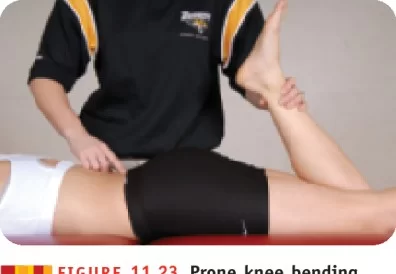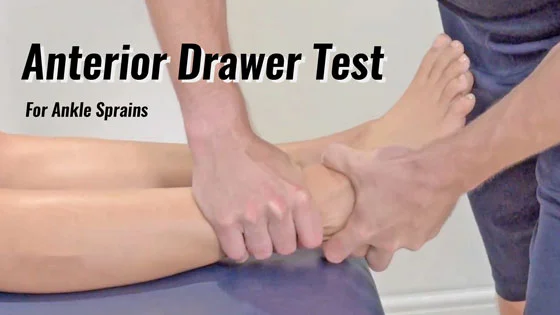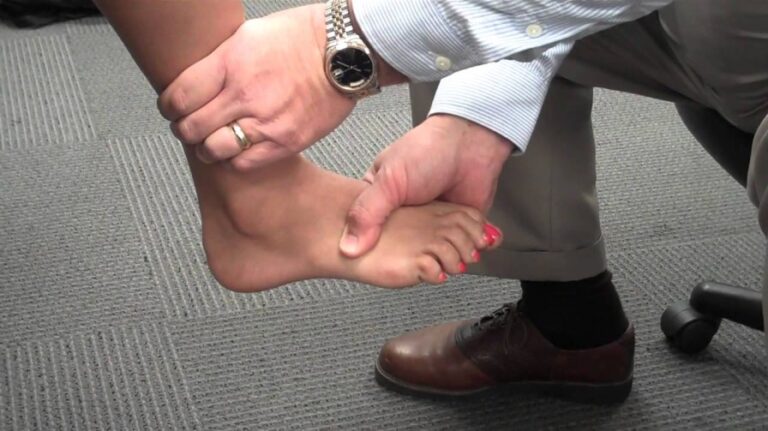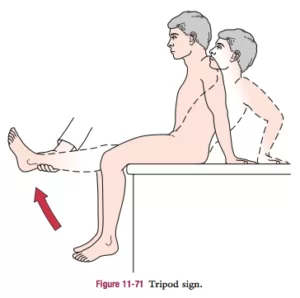Prone Knee Bend – PKB Test
Prone Knee Bend is a Physical examination test to diagnose back pain radiculopathy-related conditions mostly by Physical therapists or orthopaedic surgeons for diagnosis purposes.
- This Prone Knee Bend test is also known as the Reversed Lasègue or femoral nerve stretch test.
- This Prone Knee Bend test is described by the Nachlas.
- This Prone Knee Bend test is applied by a therapist to check neurological dysfunction.
- This Prone Knee Bend test is applied in the clinic when the patient is complain about back pain with radicular pain in the leg.
What is use of the Prone Knee Bend test?
- This Prone Knee Bend test is used to assess the neurological dysfunction in the lumbar spine.
- But this Prone Knee Bend test is also assesses the tightness of the quadriceps muscle.
How do you perform of the Prone Knee Bend test?
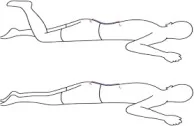
- The patient lies prone while the examiner passively flexes the knee as far as possible so that the patient’s heel rests against the buttock.
- At the same time, the examiner should ensure that the patient’s hip in not rotated.
- If the examiner is unable to flex the patient’s knee past 90′ because of a pathological condition in the knee, the test may be performed by passive extension of the hip while the knee is flexed as much as possible.
- Result = unilateral neurological pain in the lumber area, buttock, posterior thigh, or sometimes the anterior thigh may indicate an L2 or L3 nerve root lesion.
- The test is also stretches the femoral nerve.
- Pain in the anterior thigh indicates tight quadriceps muscle or stretching of the femoral nerve.
- A careful history & pain differentiation helps delineate the problem.
- If the rectus femoris is tight, the examiner should remember that taking the heel to the buttock may cause anterior torsion to the ilium, which could lead to sacroiliac or lumbar pain.
- The flexed knee position should be maintained for 45 to 60 seconds.
- Butler has suggested modification of the Prone Knee Bend – PKB Test to stress individual peripheral nerves.
Modification of the Prone Knee Bend – PKB Test :
| Basic Prone Knee Bending [ PKB1] | Prone Knee Bending [ PKB2 ] | Prone Knee Extension [ PKE ] | |
| Cervical spine | Rotation to test side | Rotation to test side | – |
| Thoracic & lumber spine | Neutral | Neutral | Neutral |
| Hip | Neutral | extension, adduction | Extension, abduction, lateral rotation |
| Knee | flexion | flexion | Extended |
| Ankle | – | – | Dorsiflexion |
| Foot | – | – | Eversion |
| Nerve bias | Femoral nerve, L2-L4 nerve root | Lateral femoral cutaneous nerve | Saphenous nerve |
Importance of The test:
The femoral nerve and its nerve rootlets are stretched in the knee flexion position because the nerve runs on the anterior side of the lower leg. If the femoral nerve becomes adherent to the tissues it passes through in the lower leg, pain or other neurological symptoms may occur.
Because the test stresses the whole nerve and its rootlets, it may also suggest radicular discomfort or pain caused by irritation to the spinal structures. While the test may show irritation of the nerve roots L2-L3 owing to femoral nerve innervation, it should not be utilized primarily for diagnosis. Make careful to treat the source of the patient’s impairments as you would usually. The location of the pain/symptoms should help you determine the pathology and how to treat the patient.
FAQs
What does prone knee bend test for?
The prone knee bend test is a femoral nerve stress test that is used to stress L2-L4 nerve roots in the mid-lumbar region. The femoral nerve tension test is used to detect sensitivity to stretch soft tissue on the dorsal part of the leg, which may be caused by nerve root impingements.
What is the prone knee bend test femoral nerve?
The prone knee bend test is a maneuver designed to assess the tension and potential entrapment of the femoral nerve. This test involves positioning the patient in a prone (face-down) position and flexing the knee, which places a stretch on the femoral nerve.
By flexing the knee, the tension on the femoral nerve increases, and any adhesions or entrapments of the nerve can potentially be aggravated. This test aims to reproduce pain or neural symptoms in the distribution of the femoral nerve, indicating potential nerve entrapment or irritation.

